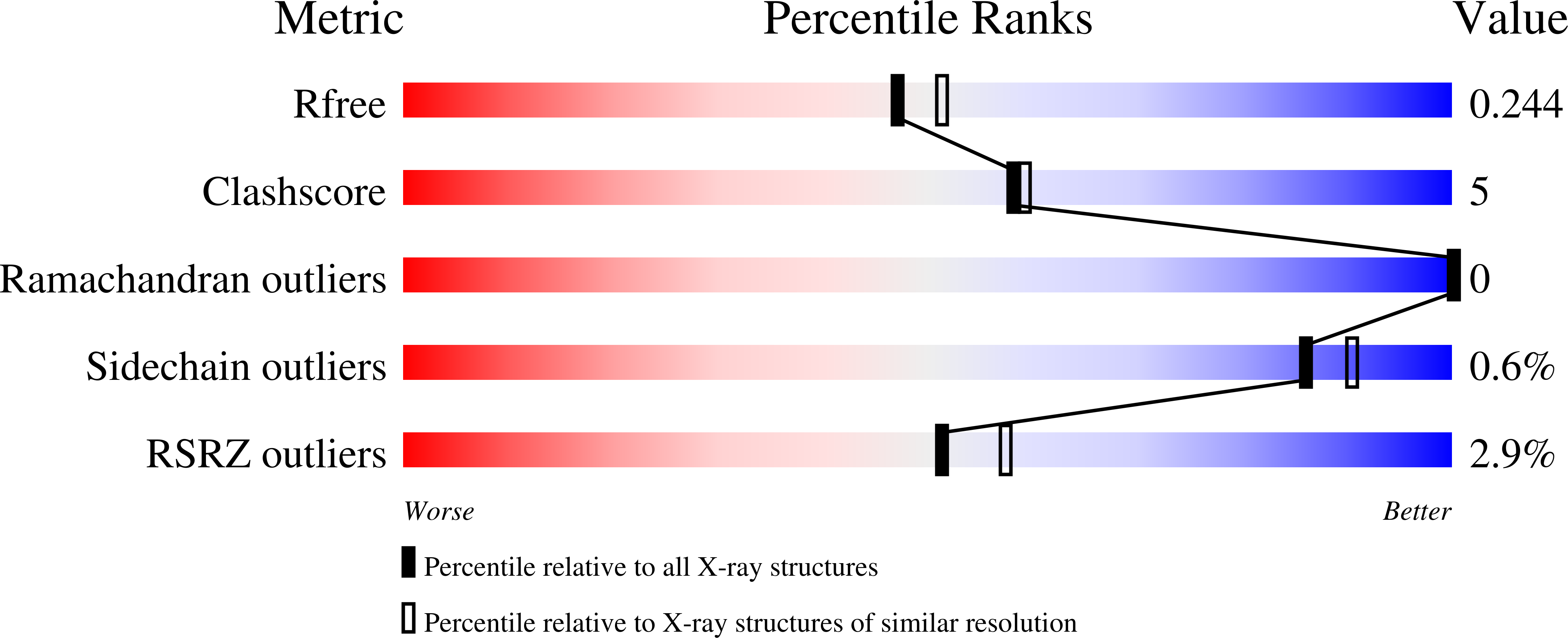
Deposition Date
2022-03-26
Release Date
2023-07-19
Last Version Date
2024-11-13
Entry Detail
PDB ID:
7ZC9
Keywords:
Title:
Human Pikachurin/EGFLAM C-terminal Laminin-G domain (LG3)
Biological Source:
Source Organism:
Homo sapiens (Taxon ID: 9606)
Host Organism:
Method Details:
Experimental Method:
Resolution:
2.10 Å
R-Value Free:
0.24
R-Value Work:
0.20
R-Value Observed:
0.20
Space Group:
C 2 2 21


